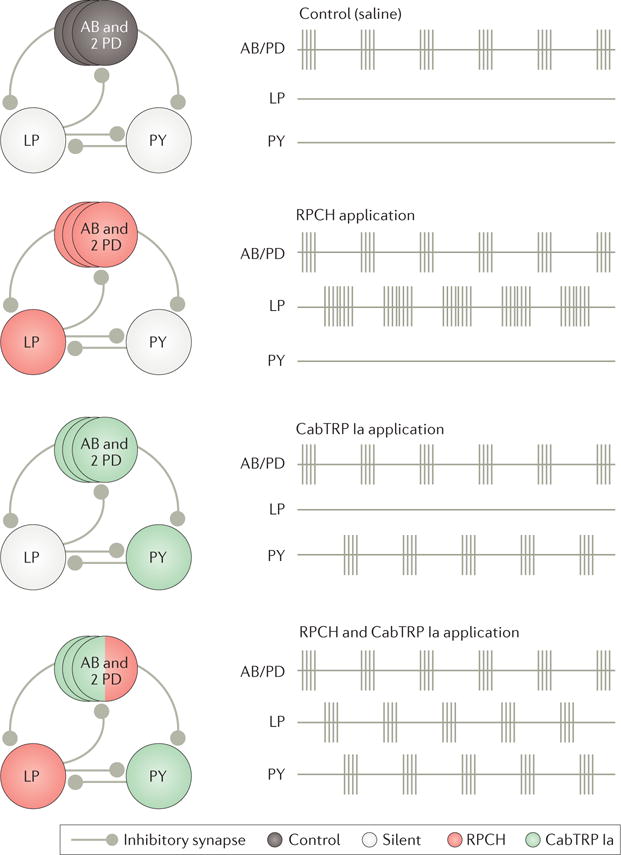Figure 4. Peptide co-transmitters can have complementary actions on microcircuit output.

This figure shows the schematic recordings of the core pyloric circuit neurons in the isolated stomatogastric ganglion (STG) of the lobster Homarus americanus under control conditions (saline) and during bath application of the peptide co-transmitters red pigment-concentrating hormone (RPCH) or Cancer borealis tachykinin-related peptide Ia (CabTRP Ia), or both together113. Before STG isolation, the complete pyloric rhythm is expressed, including rhythmic sequential bursting of circuit neurons AB/PD, LP and PY (not shown). Under control conditions in the isolated STG, only the pyloric pacemaker ensemble (AB and both PDs) remains rhythmically active. Applying RPCH alone recruits the LP neuron to resume pyloric-timed bursting, whereas applying CabTRP Ia alone recruits pyloric-timed bursting in the PY neuron. Co-applying both peptides reactivates the complete pyloric rhythm. Adapted with permission of Society for Neuroscience from: Colocalized neuropeptides activate a central pattern generator by acting on different circuit targets, Thirumalai V. & Marder E., J. Neurosci. 22, 1874–1882, 2002; permission conveyed through Copyright Clearance Center, Inc.
